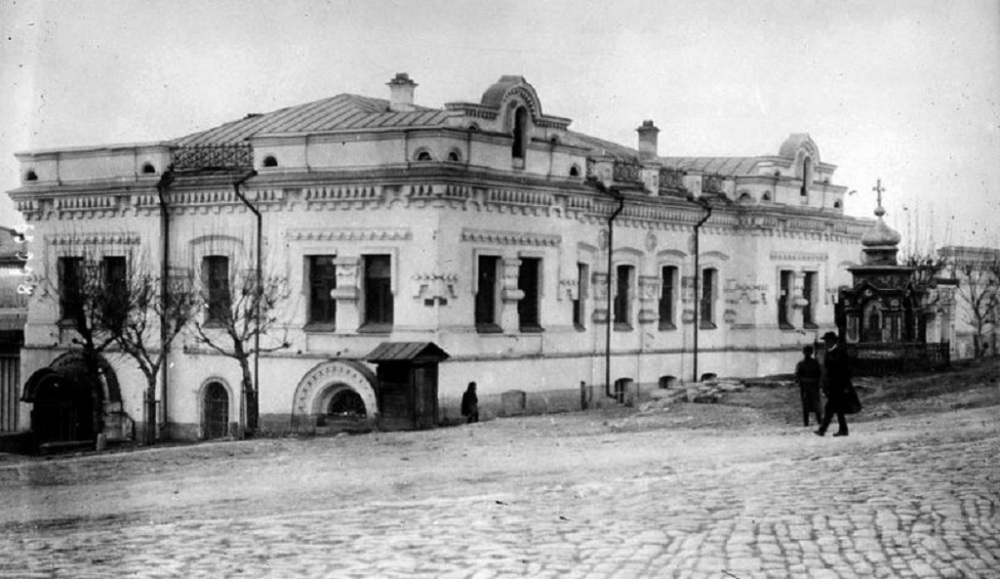
The Ipatiev House, also known as the House of Special Purpose was built 130 years ago
NOTE: All of the articles pertaining to Nicholas II and his family which were originally published in my Royal Russia News blog, have been moved to this Nicholas II blog. This interview with the head of the Department of Archives of the Sverdlovsk Region Alexander Kapustin, was originally published on 2 July 2018 in my Royal Russia News blog – PG
In July 2018, Russia will mark the 100th anniversary of the deaths and martyrdom of the last Russian Imperial family. On the possibility of restoring the Ipatiev House, where the Holy Royal Martyrs ended their earthly journey, AiF-Ural journalist Alexei Smirnov sat down with the head of the Department of Archives of the Sverdlovsk Region Alexander Alexandrovich Kapustin.
Alexei Smirnov: Alexander Alexandrovich, do you remember what the Ipatiev House looked like before it was demolished in 1977?
Alexander Kapustin: Yes, I remember it. From 1972 to 1977 I studied at the Ural State University and visited the Ipatiev House on a number of occasions. The first time I went alone, then I went returned several times with some of my fellow students. I remember walking up the steps to the entrance. We did not get into the “execution room”, it was boarded up. Some organization was working in the mansion at that time, the staff showed little interest in us. I did not feel any “aura” around the house, for me it was an old historic building, typical of Sverdlovsk at the time. Although, like any person interested in history, I knew perfectly well that the tsar and his family had been shot here. Of course, I did not know everything, I was only 17 years old at the time. I can not say that my visits found me shaking inside me. Do not forget that we studied at the Soviet school, so we were taught the official Soviet version of the events. We were taught that Nicholas Romanov was the not the best tsar, however, today the evidence held in our archives, proves that the Soviet version was wrong.
Alexei Smirnov: The decision to demolish the mansion was made in Moscow, was this a mistake?
Alexander Kapustin: It was a political mistake by the authorities. But Yuri Andropov, who headed the KGB at the time, was right in one thing: the Ipatiev House was steadily becoming a place of pilgrimage for those who wished to honour the memory of the imperial family.
Alexei Smirnov: Could Yeltsin disobey Andropov?
Alexander Kapustin: Yeltsin was a member of the party, the first secretary of the regional committee. He carried out the order, one which he simply could not disobey. And it was not just an order, it was the decision of the Central Committee. Another question, did Yeltsin realize the consequences of his actions? It is quite possible that he did not. Therefore we have no right to make any claims against him.

Boris Yeltsin was ordered to demolish the Ipatiev House in September 1977
Alexei Smirnov: Is it possible to reconstruct the Ipatiev House according to surviving documents? And whether it is necessary to do this?
Alexander Kapustin: I think that there would be no technical problems with a reconstruction. We know what it looked externally, we can determine its dimensions, the height of the ceilings, etc. Preserved drawings, numerous photographs – inside and out, will greatly benefit such a project.
NOTE: In the archives of the Sverdlovsk region, more than two dozen documents concerning the Ipatiev House have survived, as well as an extensive photo-fund. Up until 1977, the building was photographed extensively. A lot of the pre-revolutionary images have also been preserved. The earliest document in the archive is a list of owners dating from 1916, including Nikolai Nikolaevich Ipatiev. In 1929, Uralstroikontrol made a detailed plan of the mansion, which is kept in the archives in a separate file.
As to your other question: if to restore, for what purpose? When the idea of ”reconstruction” of the house arose, it created a lot of excitement and discussion. The problem is that we look at those events through the eyes of people of the 21st century, and this is not always entirely correct. Try to look at them through the eyes of people of that time. It should not be forgotten that on 2nd March 1917, that the tsar abdicated from the throne. The Bolsheviks shot not the emperor, but “Citizen Romanov”! And how did Russian society react to this? The event passed almost unnoticed. And already on 3rd March 1917, the church swore an oath of allegiance to the provisional government! Yes, he was a royal martyr, he died a martyr. But at that time, atrocities were occurring throughout Russia. It is pointless to demand that everyone worship the tsar, just as it is pointless that everyone worship Lenin. Society is divided.
The point is also that the figure of Nicholas II overshadowed many other worthy people in the public eye, including members of the Romanov dynasty. Why, for example, are we not interested in the life and fate of Grand Duke Mikhail Alexandrovich, whom I have great respect for? He was a man, independent in his decisions. He fell in love with a married woman and, due to the then conventionalities, was forced to leave Russia. They had a morganatic marriage. He was expelled from the country, but on the eve of World War I he returned, went to the Front, and commanded the Caucasian Division. Under his authority, Muslim volunteers showed great courage in defending Russia against her enemies. He proposed laws which were adopted after the February Revolution, abandoned the throne, was exiled to Perm, where in 1918 he died tragically.
Alexei Smirnov: If you restore the Ipatiev House, where would it be built?
Alexander Kapustin: Well, for example, near the Church on the Blood, where there is a lot of land, and certainly enough space. But what most people to not know, is that the foundation of the Ipatiev House is actually buried under the road. Therefore, we are not talking so much about reconstruction as that of a new construction.
Alexei Smirnov: Who could undertake the reconstruction of the Ipatiev House? Sponsors? The Russian Orthodox Church? The city? What would be exhibited?
Alexander Kapustin: I think that those wishing to reconstruct the building will eventually be found, and it does not matter who it is. Personally, I see it as an object of history, culture and architecture. We already have many places of worship for the Romanov family. For the majority of people, the Ipatiev House is associated only with the murder of the tsar and his family. But the mansion had a long history before this terrible tragedy. A new Ipatiev House would house an exhibition hall, a library with a reading room, a cultural and educational complex. In addition, another beautiful mansion to the landscape of Ekaterinburg would not hurt. The house, really, was very beautiful, I really liked it.

The Church on the Blood and the Patriarchal Compound in Ekaterinburg
Alexei Smirnov: But you understand that if the house is restored, it will automatically become a place of pilgrimage?”
Alexander Kapustin: Looking at who and for what purpose it will be restored. And there is nothing wrong with the pilgrims. They do not harm the house. And the capital of the Urals will receive an additional tourist facility. As with other historic buildings in the city, each house has its own history, it’s own individuality. The Ipatiev House is no exception, it is unique in terms of architecture and is already an important part of our history.
Alexei Smirnov: Recently an unfinished TV tower was demolished in Yekaterinburg …
Alexander Kapustin: I would not make any parallels here. The tower was a monument of mismanagement and irresponsibility. At one time, the authorities did not have enough funds for its completion and security. Yes, some people were angered by its demolition, but if it had collapsed, the consequences could have been terrible. I think that the dismantling of the tower was justified and logical, this is my point of view. Governor Evgeny Kuyvashev repeatedly tried to offer something, contests were held, but no one was willing to undertake the completion of the structure.
Alexei Smirnov: If a person or company comes forward, is the state archive ready to provide documentation on the Ipatiev House?
Alexander Kapustin: Of course! We are ready to cooperate with any organization, political party, the Russian Orthodox Church. Come, make copies of the documents, work, build!

Head of the Department of Archives of the Sverdlovsk Region Alexander Kapustin
Alexander Alexandrovich Kapustin. Born 13 May 1955 in Nizhny Tagil. He graduated from the Faculty of History of the Ural State University. Initially, he worked as a school teacher, and then taught at a university. He is a Candidate of Historical Sciences (1986), and Head of the Department of Archives of the Sverdlovsk Region, since 1990.
© Paul Gilbert. 26 November 2019






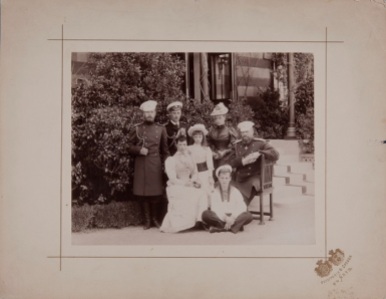









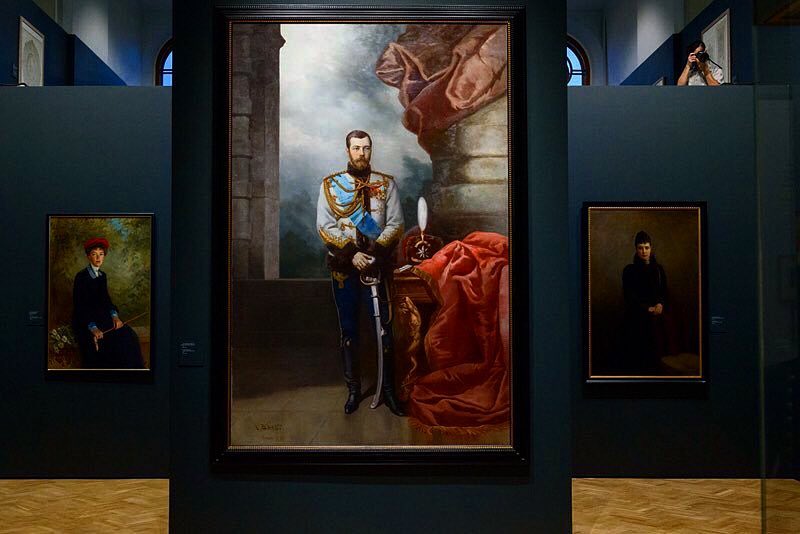
















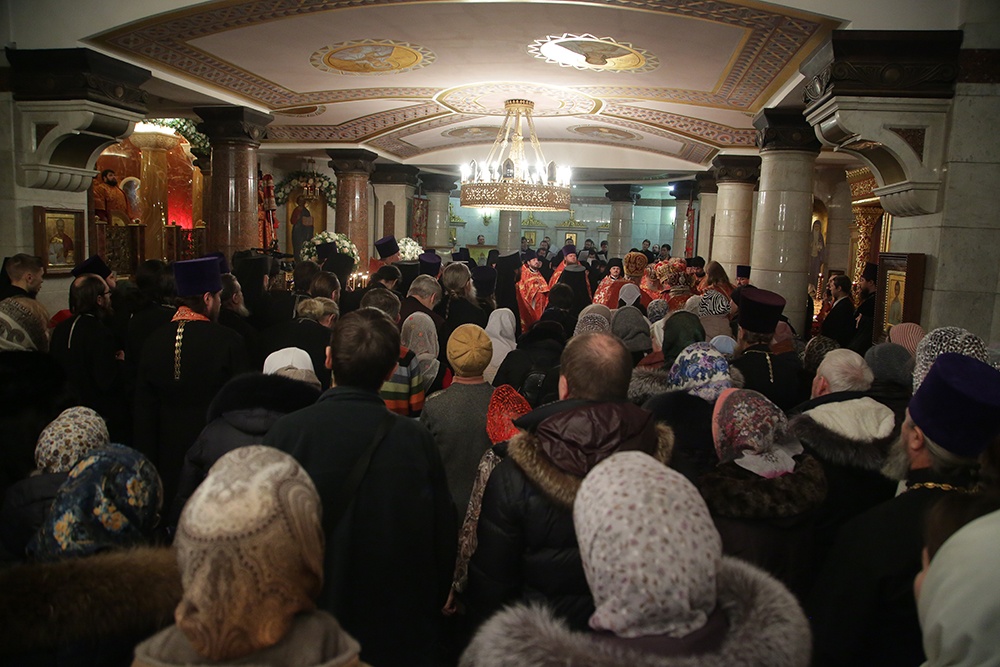

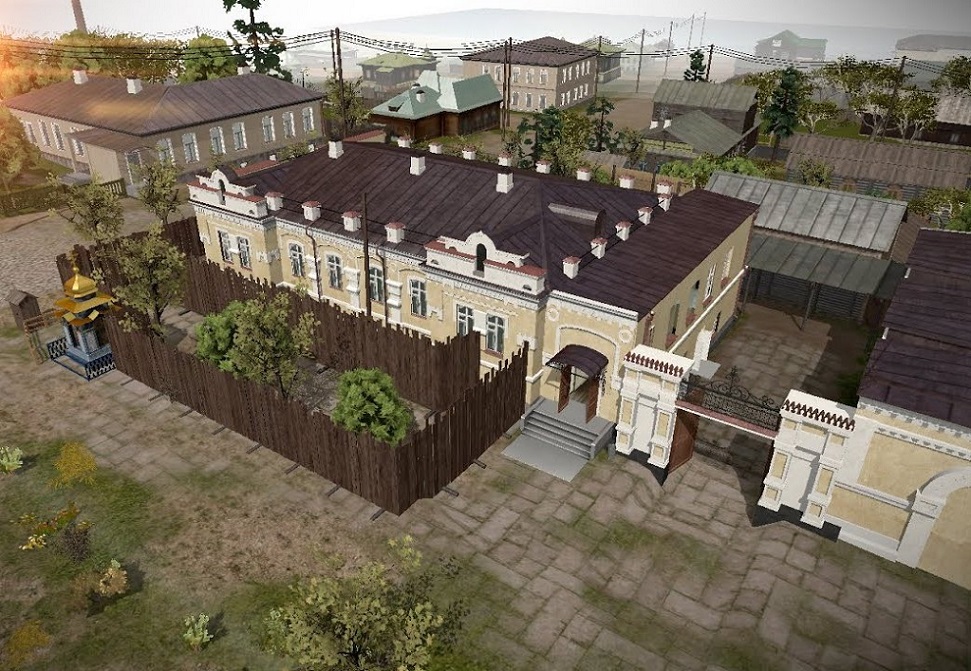



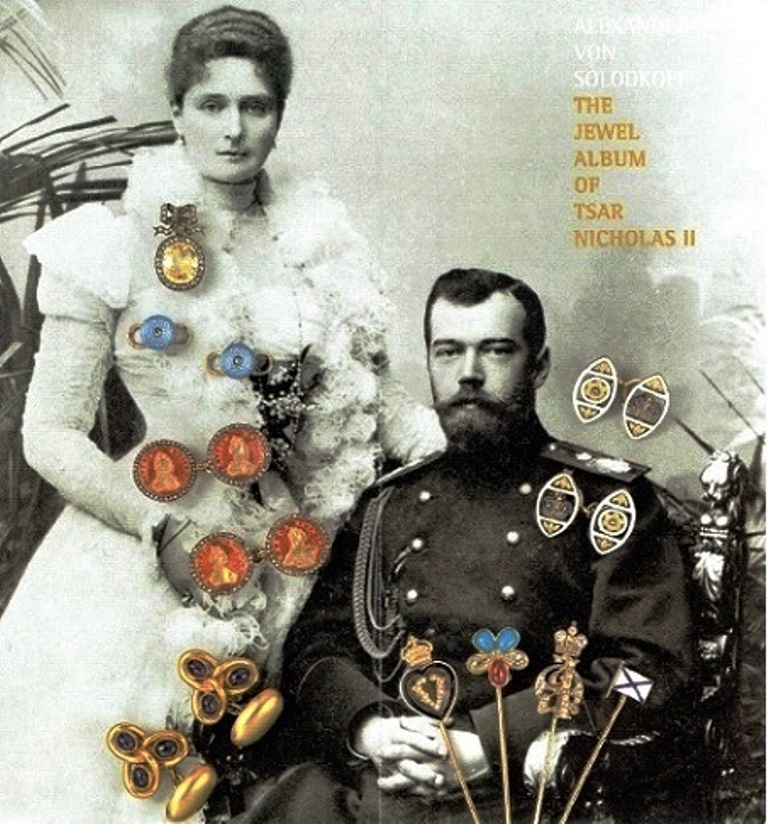




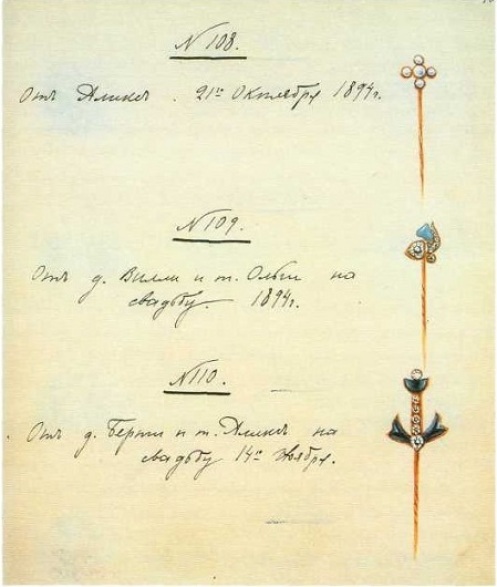



















You must be logged in to post a comment.